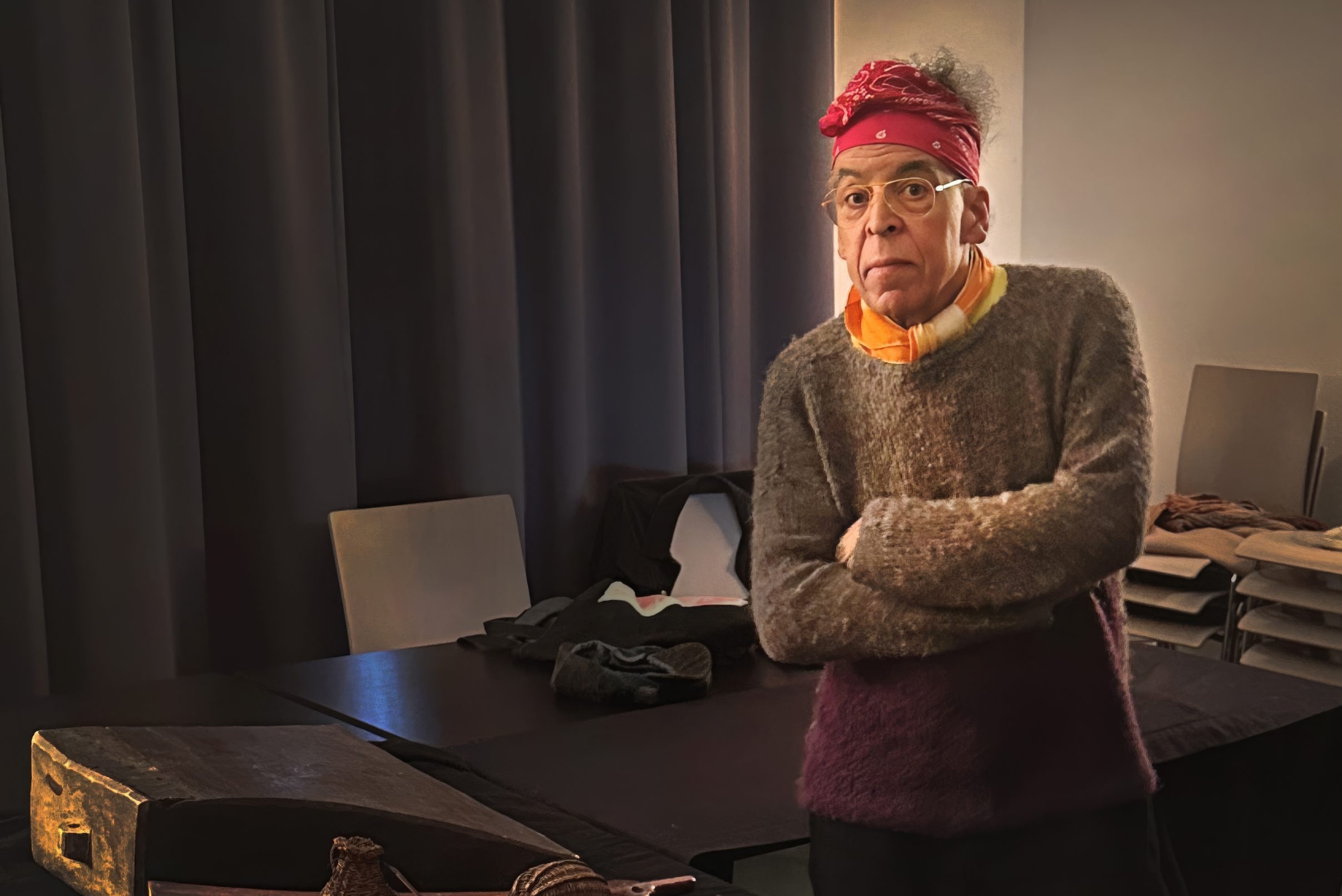In a remarkable artistic endeavor, musician and artist Satch Hoyt is reviving the sounds of African instruments previously silenced in museums. At the MARKK Museum in Hamburg, Germany, Hoyt recently conducted a session aimed at “un-muting” a collection of African instruments, allowing them to resonate once more. This initiative not only highlights the cultural significance of these instruments but also underscores a broader movement towards the restitution of intangible heritage.
During the event, museum staff observed as Hoyt played a sanza without the protective gloves typically required for handling museum artifacts. “You could just feel the energy all of a sudden in the room,” he recalled, emphasizing the emotional connection that arises when the instruments are played. For Hoyt, this process is about bridging the living and ancestral realms, where these instruments serve as conduits for communication with both the creator and ancestors.
Hoyt’s journey began in 2017 when he first conceptualized the idea of un-muting while studying wax cylinder recordings made by archaeologist Leo Frobenius in the Congo. Frustrated by the static and limitations of these recordings, Hoyt sought to engage with the actual instruments housed in ethnographic museums, believing they deserved to be played and appreciated.
His work challenges the perception of these artifacts, which are often categorized as mere sculptures rather than functional instruments. According to Hoyt, many museums impose strict regulations that discourage direct interaction with these items, treating them as relics rather than living parts of cultural practices. “They would like to see it as a research-based practice, where I’m studying these instruments,” he explained. “But I’m not studying the instruments because I know the instruments.”
Hoyt’s un-muting sessions serve as a form of “sonic restitution,” aiming to reconnect communities with their cultural heritage. He believes that if museums resist returning physical items to their countries of origin, they can at least facilitate the revival of the sounds that belong to these cultures. “Instruments need to be played. If they’re not, they literally dry up,” he noted, comparing their treatment to that of instruments in orchestras which are regularly played and maintained.
In 2023, after years of negotiations, Hoyt gained access to the British Museum‘s African instrument collection. He was asked to sign a waiver acknowledging potential health risks due to chemicals used in the preservation of the instruments. Despite this, Hoyt remains committed to his mission, noting the profound connection he feels when playing these instruments.
Hoyt’s practice also addresses the complexities surrounding which instruments can be played and when. He acknowledges that some instruments seem to resist being sounded, perhaps retaining a “state of slumber.” He respects these nuances, understanding that certain tools are designated for specific cultural or spiritual contexts.
At the MARKK Museum, surrounded by masks and statues, Hoyt’s performances act as a portal, reuniting the past with the present. He embodies the role of a medium, facilitating a reconnection to the traditions and cosmologies from which these instruments originate. “I just feel that I’m witnessing the eternity of it all,” he said, reflecting on the significance of his work.
Hoyt is now planning to extend his un-muting efforts to key museum collections in the United States and even the Vatican. With an estimated 90% of Africa’s material heritage residing in Western institutions, the challenge of reviving these instruments is monumental. However, Hoyt’s innovative approach provides a model for others to follow, emphasizing that much of what seems lost can still be reclaimed.
His work is currently featured in the exhibition “Your Ears Later Will Know to Listen” at Nottingham Contemporary in the United Kingdom, running until September 7, 2023. He will also perform during the Afrosonica – Soundscapes exhibition at the MEG – Ethnographic Museum of Geneva on September 5, furthering his commitment to bringing these sounds back to life.
